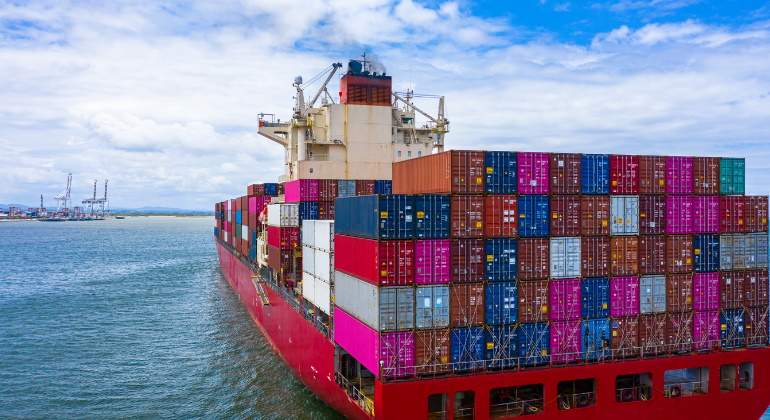With used car prices soaring again and more than 30 million tons of cargo waiting outside U.S. ports before the start of the holiday sales season, Goldman Sachs economists draw a roadmap of when it will arrive. the standardization of the supply chain.
In these matters, three key factors are discussed. The first, the improvement in the supply of semiconductors driven by the reactivation of factories (something that will materialize in the current quarter) and, finally, by the expansion of production capacity (from the second half of 2022 already throughout 2023). Nor do they forget the increase in the workforce , whose recovery will take place between the end of this year and the first half of 2022. Finally, they refer to the decrease in port congestion . A problem that will extend until the second half of next year.
The first channel to ease supply constraints and commodity inflation , they explain, is a rebound in Southeast Asian chip production after the Delta variant rally. Imports of key semiconductor inputs from Malaysia and Vietnam declined 36% in August due to the closures, triggering a 15% monthly drop in US auto production in September.
Still, rapid vaccination has already led to a reduction in infections and a partial relaxation of lockdowns, which should improve chip supply for the US auto industry and vehicle production in the fourth quarter.
Although this could return car production to late 2020 levels, an increase in microchip production capacity is likely to be required to keep production above normal, restock heavily depleted vehicle inventories and keep up. day with the growing semiconductor needs of smart cars. Hence, Goldman expects auto dealer inventories to remain very low through mid-2022.
The second channel to alleviate supply constraints is the improvement of the workforce . Goldman economists estimate that the September expiration of emergency unemployment benefits will boost fourth-quarter job growth by about a million people . They also expect some of the 2-3 million individuals who stay away from work for health reasons to rejoin the labor market by mid-2022.
The third channel for easing supply restrictions is reducing port congestion after the US Christmas holidays and the shipping windows leading up to Chinese New Year. A faster flow of imports would help ease shortages and reduce inflationary pressures on items such as furniture and sporting goods.
Goldman expects annual core CPI inflation of 4.3% by the end of the year , 3% in June 2022 and 2.15% in December 2022 (compared to 4.25%, 2.7% and 2, 0% above). This slower resolution of supply constraints means that year-on-year inflation will be higher in the period immediately after tapering (reduction in asset purchases by the Federal Reserve). This higher and longer trajectory increases the risk of an earlier rise in interest rates next year in the US.

